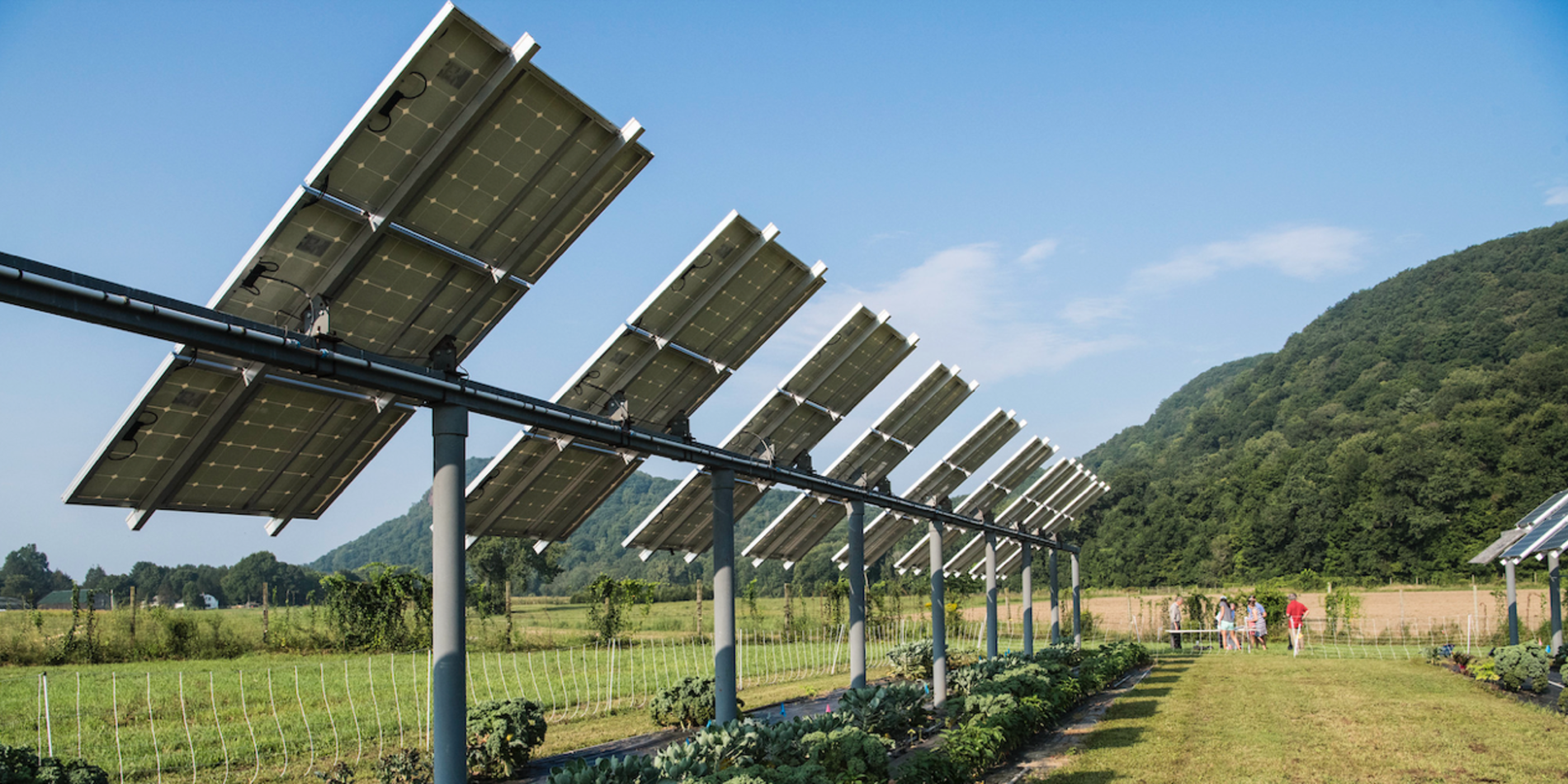The Plastic Paradox

Every minute, nearly 1 million plastic bottles are purchased around the world, enough that by day’s end, the global pile of bottles would reach halfway up the Eiffel Tower. And bottles are just a fraction of the roughly 400 million tons of plastic made each year—with a carbon footprint of nearly 1 gigaton of greenhouse gas emissions annually.
Yet plastics, the polymers much-maligned by environmentalists, are integral to nearly every aspect of modern life.
ReSource Chemical Corp., a startup founded by Stanford chemists, believes the best way forward is to focus on changing plastics instead of trying to eliminate them.

“Our goal is to make better plastic,” says Aanindeeta Banerjee, PhD ’18, CEO and co-founder of ReSource, and a member of the 2020 cohort of the Activate entrepreneurial fellowship program.
“To solve the environmental problems of plastic, you have to provide sustainable alternatives without sacrificing the features that have made plastic so prevalent in the first place,” says Matthew Kanan, co-founder and chief scientific advisor of ReSource, as well as associate professor of chemistry and director of the TomKat Center for Sustainable Energy.

The co-founders’ journey started in Kanan’s laboratory. In 2015, Banerjee, then a doctoral student in his lab, discovered a new way to use carbon dioxide to make the building blocks of plastic.
In their research together, they found they could use this new method to simplify the synthesis of a plant-based plastic known for decades to outperform conventional plastics, but that has been too pricey to manufacture commercially. With this breakthrough, the co-founders hope to change that.
Can’t live with it, can’t live without it
Today plastic is so ubiquitous, it can be hard to believe the first synthetic plastic dates back only to 1907. These versatile materials gained popularity as chemical companies learned how to produce them cheaply on a massive scale from oil and gas, their use skyrocketing from the 1970s onward.
Most plastics have long chemical names and are referred to by their tidy acronyms. ReSource is focused on a plant-based plastic called PEF, or polyethylene furanoate, that has distinct advantages over petroleum-based plastics such as PET, or polyethylene terephthalate.
PET is identified by the #1 chasing arrows recycling symbol, and is used in virtually every single-use plastic bottle sold. It is also found in polyester fabric, clear packaging film, and even tennis balls. By volume, PET is the second-largest plastic—more than 60 million tons of the stuff are made each year.
To understand the potential for ReSource requires a brief look at what’s inside of plastics. PET is created by combining ethylene-glycol with what is called purified terephthalic acid, a chemical made entirely from petroleum. The bioplastic PEF follows much the same formula, only it is created by combining ethylene-glycol with FDCA, or 2,5-furandicarboxylic acid, currently sold as a specialty chemical.
Curiously, FDCA is also a metabolite that occurs naturally in the human body. Each of us excretes a few milligrams daily. (Though, thankfully, that isn’t how ReSource harvests the chemical—but more on that soon.)
Explains Kanan: “If you simplify it, the difference is that we are taking an unnatural compound in a conventional polyester and replacing it with a natural compound.”
The perks of PEF
While at first it may sound like alphabet soup, PEF and PET have differences that are marked and measurable, especially when it comes to performance. Of interest to the food and beverage industry, PEF provides a better gas barrier than PET, up to 10 times better for oxygen and up to 6 times better for carbon dioxide, which means bottled beverages and packaged foods stay fresher for longer. Sustainable fashion companies and conscientious shoppers are taking note because of the lower carbon footprint of PEF.
PEF has clear advantages when it comes to disposal, too. The recycling industry typically views bioplastics as contaminants, since only a small fraction of plant-based containers tossed in the wrong bin can ruin the batch. Not so with PEF, which can be recycled within the existing PET recycling infrastructure.
PEF is also compostable in an industrial facility, a great solution for when recycling is not an option because the plastic is either fused with paper or is too messy (e.g., an empty peanut butter jar). PEF may even be significantly more biodegradable than conventional plastics, research that is underway now.
Meeting the moment
Interestingly, the monomer FDCA was first discovered over a century ago, and the polymer PEF was invented in the 1940s, around the same time as PET. So, why isn’t PEF more widely available today?
It comes down to cost. To date, the chemical industry has invested several hundred million dollars into the pursuit of manufacturing FDCA that is cost-competitive with monomers made from petroleum. ReSource’s competitors are trying to produce FDCA starting with glucose from food crops, but this requires a complex chemical process that so far has proven to be too costly to implement on a large scale.
ReSource takes a different approach. Banerjee and Kanan have devised technology that produces FDCA starting with waste biomass and CO2, potentially from captured carbon emissions. Their method reduces the process complexity of manufacturing FDCA by more than two-thirds, drawing down costs.
“That’s the essential advantage, whether you’re talking to investors, partners, or customers,” says Banerjee.
Using waste biomass is a double-win for the climate. Producing plastic from waste biomass is a better ecological choice than from petroleum—or from food crops, if it means preserving forests that would otherwise be clear-cut for farming. It also gives unused organic matter a job, rather than burning it or letting it rot.
It offers flexibility, too. ReSource’s technology could be paired with discarded wood, corn cobs, bamboo, or switchgrass, opening up intriguing partnerships in the future. For example, ReSource could co-locate next to a paper factory or an ethanol refinery.
Looking ahead, the climate benefits of the ReSource approach could be significant. Replacing all of the petroleum-based terephthalic acid used in PET today with FDCA would reduce over 200 megatons of carbon emissions per year, equivalent to closing down more than 50 coal-fired power plants for a year.
The road less traveled
It is relatively rare for chemical startups to leap directly from labs. By way of illustration, in 2021, ReSource became the first chemical startup to be backed by Khosla Ventures in more than a decade.
More often, academic founders will license the technology to a large chemical company, and Kanan and Banerjee did consider this approach after publishing their FDCA research in Nature in 2016—but the learning curve beckoned.
“Since we’re coming at this problem with a very different approach from what many others have tried, there was more hesitancy for a big company to take it on,” Kanan says. “I realized we had to do it ourselves.”
The team got a boost from an Innovation Transfer grant from the TomKat Center, which allowed them to hire an engineering consultant to conduct a rigorous analysis of their chemical process, including all the equipment, utilities, inputs, and outputs.
“Finding someone who has designed real processes operating in industry to do a professional analysis of our process was critical for demonstrating its value,” says Kanan.
ReSource was awarded a $2 million grant from the Advanced Manufacturing Office of the U.S. Department of Energy in 2021 and closed a seed round later that year, enabling operations to ramp up. The team is currently optimizing their process steps and moving toward a pilot plant, a key milestone before going to commercial-scale production.
“Ultimately, success means creating the first commodity plastic that is sustainably sourced, carbon-negative, high-performance, and environmentally benign at the end of its use,” says Banerjee. “That would change the plastic industry.”



